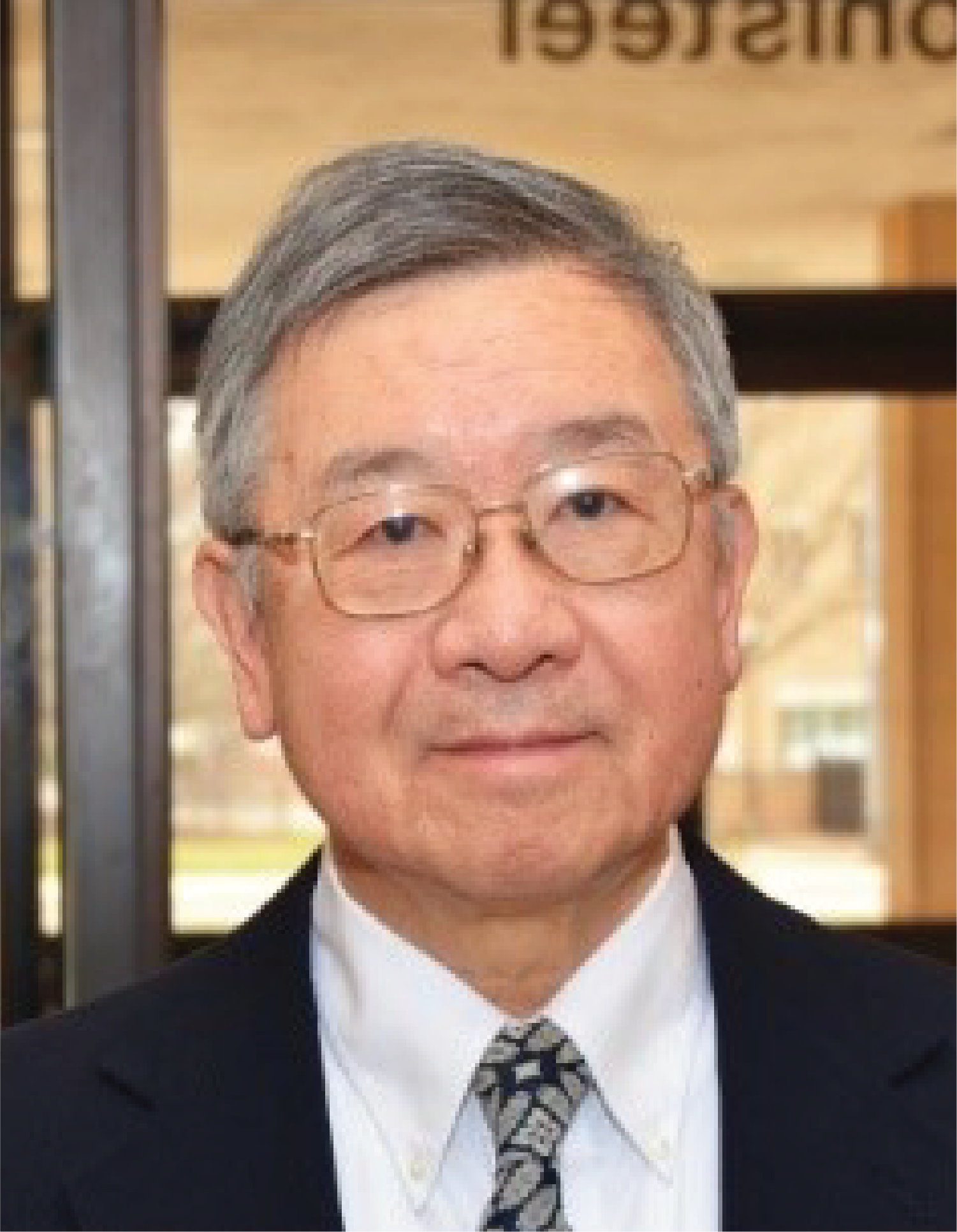International Conference on Plasma Sciences
6 - 10 December 2020, Singapore
Plenary speakers

Y. Y. Lau
Department of Nuclear Engineering and Radiological Sciences University of Michigan, Ann Arbor, MI, USA"The Child-Langmuir Law and the Physics of Diodes "
Y. Y. Lau
Department of Nuclear Engineering and Radiological Sciences University of Michigan, Ann Arbor, MI, USAY. Y. Lau received B.S., M.S., and Ph.D. degrees in electrical engineering from the Massachusetts Institute of Technology, Cambridge, MA, USA. He is currently Professor in the Department of Nuclear Engineering and Radiological Sciences, University of Michigan, Ann Arbor, MI, USA, where he is specialized in RF sources, heating, and discharge. He is a fellow of the American Physical Society (1986), and a fellow of IEEE (2007). He served three terms as an Associate Editor of Physics of Plasmas (1994-2002). He received the IEEE Plasma Science and Applications Award (1999) and the IEEE John R. Pierce Award in Excellence in Vacuum Electronics (2017).
The Child-Langmuir Law and the Physics of Diodes
The Child-Langmuir Law (CL), discovered a century ago, gives the maximum current that can be transported across a planar diode in the steady state. It is central to the studies of high current diodes and high-power microwave sources, vacuum microelectronics, electron and ion sources, and high current drivers used in high energy density physics experiments. This paper highlights some of the advances beyond the classical CL law, including extensions of CL to multiple dimensions, to the quantum regime, and to transient and ultrafast processes. Crossed-field diodes, crucial to magnetic insulation, will be addressed. Also featured is the recent partial resolution of an outstanding puzzle on the shape of Miram curves for thermionic cathodes, which show an unexpectedly gradual transition of the anode current from temperature-limited regime to space-charge-limited regime, as the cathode temperature is raised. This is an important consideration for thermal stability and long-cathode life, since most thermionic cathodes are operated in the vicinity of this smooth transition.